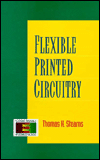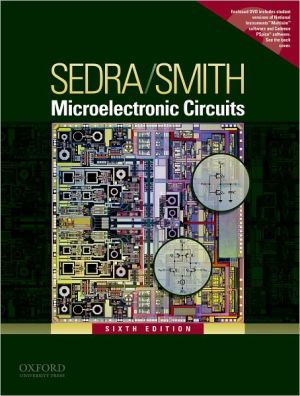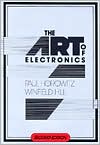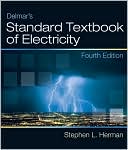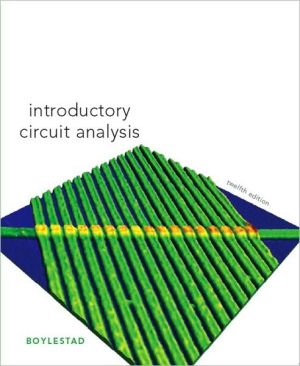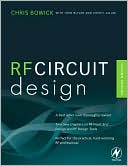Flexible Printed Circuitry
As the circuit densities of modern electronic systems continue to increase dramatically,so too has the popularity of flexible printed circuit boards. With their substrates of polyamides like Kapton or Mylar that enable bending and twisting,this new breed of circuitry affords designers the ability to work with much more surface area within much smaller spaces. Here is the most complete and cohesive guide to this burgeoning field yet published. A one-stop resource for engineers who need...
Search in google:
As the circuit densities of modern electronic systems continue to increase dramatically,so too has the popularity of flexible printed circuit boards. With their substrates of polyamides like Kapton or Mylar that enable bending and twisting,this new breed of circuitry affords designers the ability to work with much more surface area within much smaller spaces. Here is the most complete and cohesive guide to this burgeoning field yet published. A one-stop resource for engineers who need practical information on how to successfully design and assemble flexbile circuitry,it includes detailed discussion of the relationship between design variations and overall cost. Booknews Explains to electronic and manufacturing engineers the benefits and shortcomings of printed circuit boards on flexible, insulating polymer films like Kapton or Mylar; the development of the technology from an accident to a major role in manufacturing; and the design and material parameters and requirements both for manufacturing the circuits and using them in manufactured products. Their primary use so far is to fit more circuitry into devices as the component size and power demand drop to a level that makes mechanical strength of marginal concern. It also has potential for dynamical applications such as printer heads, flying disc readers, test probes, and complex assemblies in which geometric contortions are unavoidable. Makes no mention yet of walkmans woven into underwear. No bibliography. Annotation c. Book News, Inc., Portland, OR (booknews.com)
PrefaceCh. 1Introduction1Ch. 2The Engineered Connection9Ch. 3Manufacture of Flexible Printed Wiring and Printed Wiring Boards19Ch. 4Design29Ch. 5Dielectric Materials85Ch. 6Conductive Materials103Ch. 7Adhesiveless Materials113Ch. 8Manufacturing Processes125Ch. 9Rigid-Flex Manufacture185Ch. 10Standards and Specifications217Ch. 11Assembly225Ch. 12Examples of High-Volume and Unusual Flexible Printed Wiring245Ch. 13Summary257Appendix A. Foreign Material275Appendix B. Adhesiveless Materials in Dewar Circuitry277Glossary279Index287
\ BooknewsExplains to electronic and manufacturing engineers the benefits and shortcomings of printed circuit boards on flexible, insulating polymer films like Kapton or Mylar; the development of the technology from an accident to a major role in manufacturing; and the design and material parameters and requirements both for manufacturing the circuits and using them in manufactured products. Their primary use so far is to fit more circuitry into devices as the component size and power demand drop to a level that makes mechanical strength of marginal concern. It also has potential for dynamical applications such as printer heads, flying disc readers, test probes, and complex assemblies in which geometric contortions are unavoidable. Makes no mention yet of walkmans woven into underwear. No bibliography. Annotation c. Book News, Inc., Portland, OR (booknews.com)\ \
